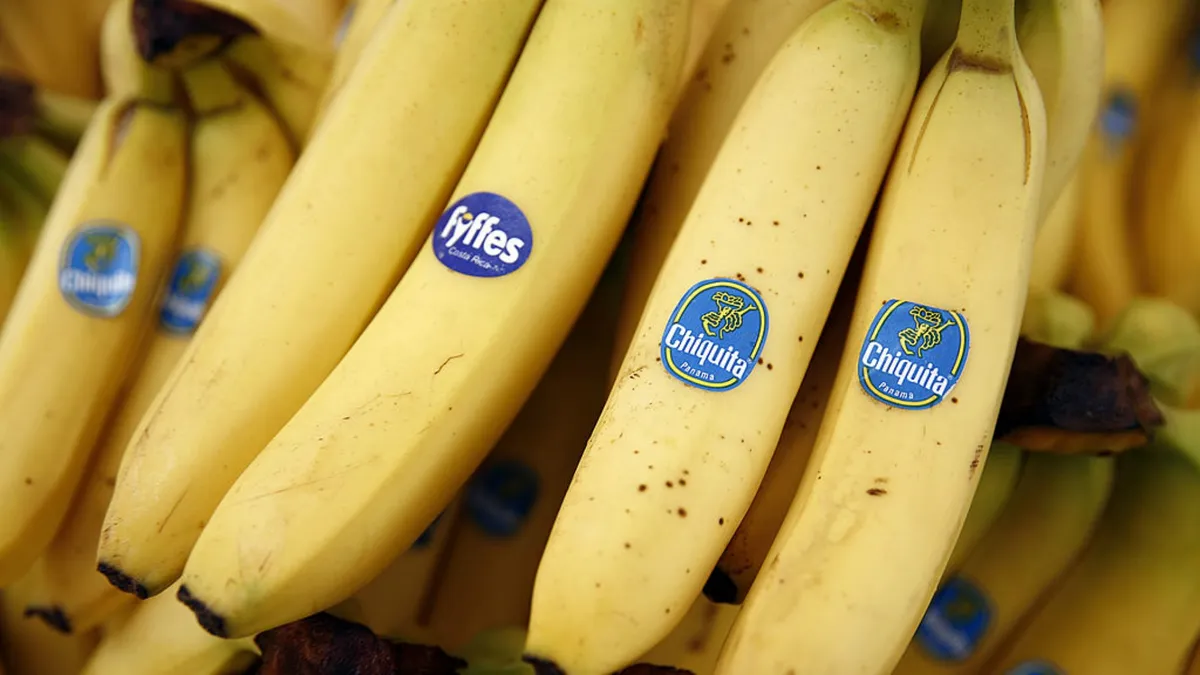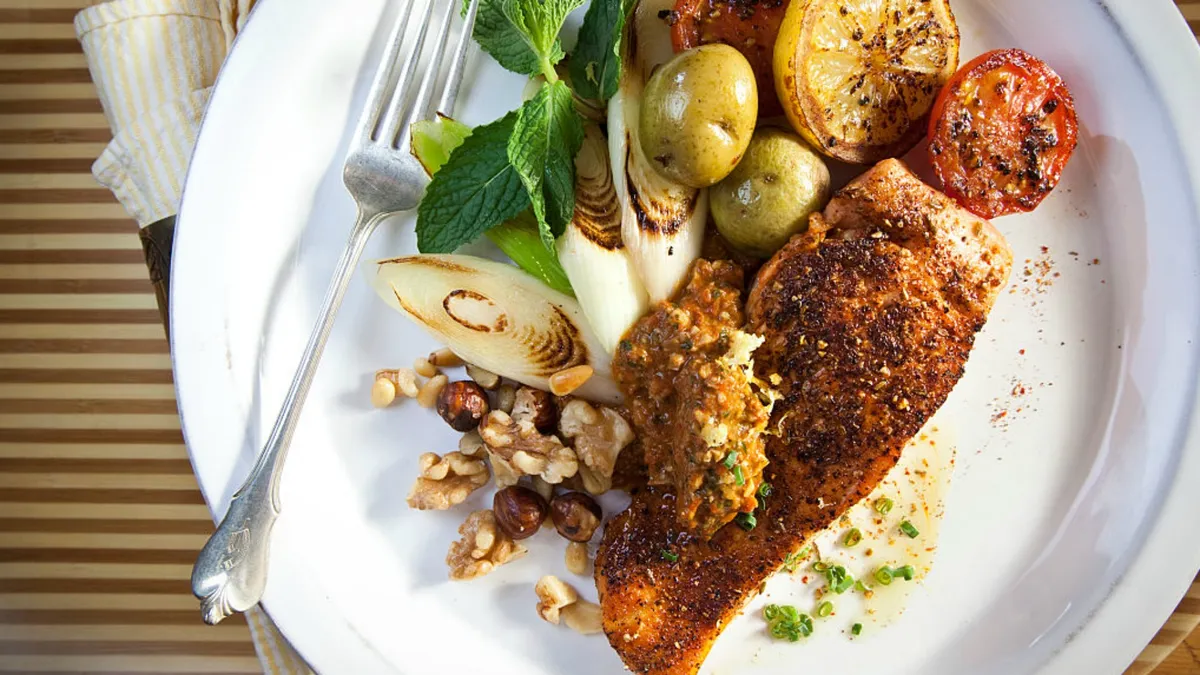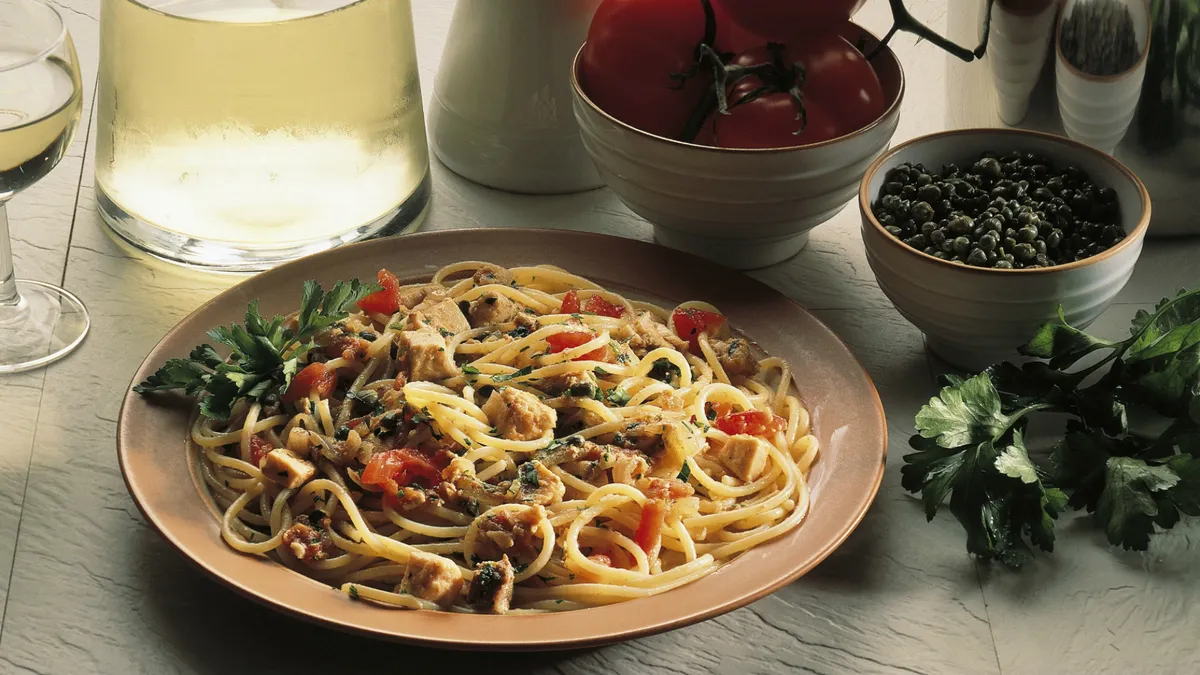If you’ve just started training for a race or you’ve increased your riding lately, the chances are your body is craving more food than ever. It might come to you in the middle of the night, first thing in the morning, or a couple of hours after your supper, but one thing’s for sure — hunger will come knocking when you least expect it.
The goal is to eat enough to support training without picking up excess weight: matching what you eat to your riding and timing your food intake correctly.
All that extra exercise leaves your body demanding more fuel and it makes sure you know about it. Yet many cyclists struggle with knowing how much to eat. Should you give in to constant cravings, or stick with three square meals per day? Here we’ll tell you how to get your food intake spot-on so you’re in no doubt when your stomach rumbles.
To achieve this, stick to these five simple rules.
1. Eat straight after training
This is the most effective and important nutrition process you need to follow. This will maximise recovery, refuel the tank and ultimately support the adaptation process. Research has shown that if you eat straight after training you're less likely to overeat later on in the day. If you're training twice a day or more this process is essential to make the most of the second session.
The range of nutrient intake is large to take account of different training intensities; the harder the training the more you need. To put this in real food terms, one slice of bread contains around 12g of carbs and an egg contains 6g of protein.
2. Eat before training
If you've had a meal within three hours of the start of a training session you don't need to eat any more. If it's been longer than three hours, have a simple carbohydrate snack within one hour of the start. For intense training sessions like intervals it's imperative you start fully fuelled. Following this rule will make sure that you start training in the best shape possible. This simple rule also makes sure you don't overeat before training, feel bloated and can’t train properly because you're too full.

3. Eat the right proportions
A plate of food should be one-third energy foods, one-third health foods and one-third function foods. Get your plate of food right for breakfast, lunch and dinner and you'll get all the nutrients you need. Energy foods are slow-release carbohydrates like brown rice. Health foods are fruits, vegetables and salad, whereas function foods are proteins like meat, eggs and fish. Good fats are in all three groups, so make sure you include some oils, fish or nuts on your plate.
You might be surprised to find that chocolate can also be beneficial for training and it satisfies that sweet tooth craving, too.
4. On your bike nutrition
On long bike rides aim for 60g per hour of carbohydrate. This is about starting the recovery process on the bike. Think of it as a rolling buffet, where carbohydrates are your friend. During training it doesn’t matter where you get it from; you can use drinks, gels or make a sandwich to take with you. Two or three energy gels will be the equivalent of 60g of carbohydrates, depending on their size.
If you're planning on participating in an event like a sportive, our ultimate sportive nutrition guide will give you some specific advice on what to look out for.
5. The bigger picture — your overall diet
Your overall diet should contain 5-8g/kg body weight of carbohydrates, 1.5-2g/kg body weight of protein and 1-2g/kg body weight good fats. If you follow rules 1-4 you shouldn’t be too far off these targets. They're proven to support training, enhance recovery and help you get faster.
If you want to supercharge your diet, check out the 10 cycling superfoods you need to try.
Summary
You should listen to your body — it's a clever thing. If you're hungry, there's probably a reason. Have a think about what nutrients you might be missing. If you have a craving for a certain type of food, what might your body be telling you? Listen to it and you’ll find the answer.

